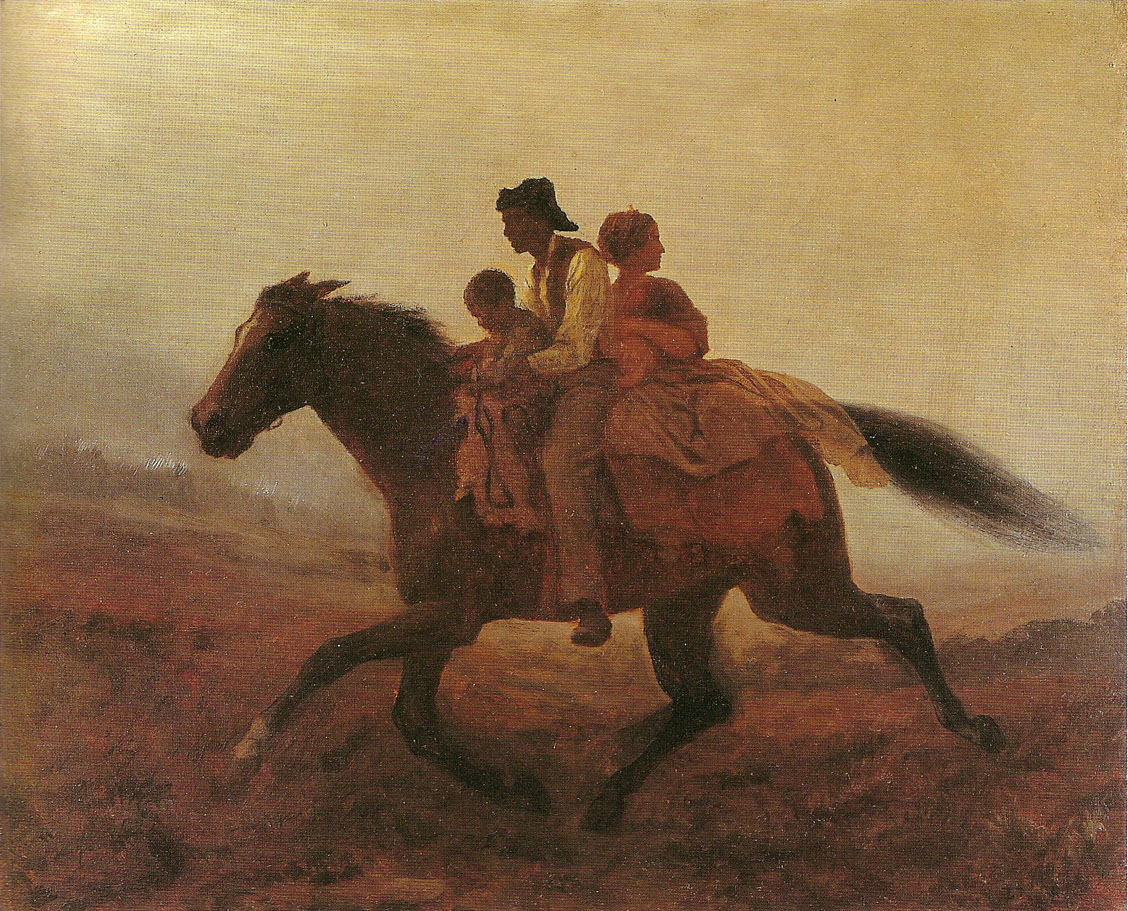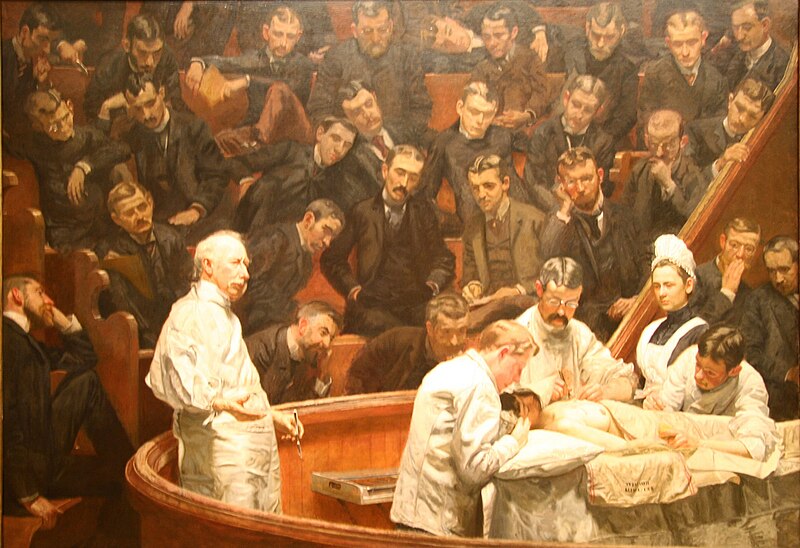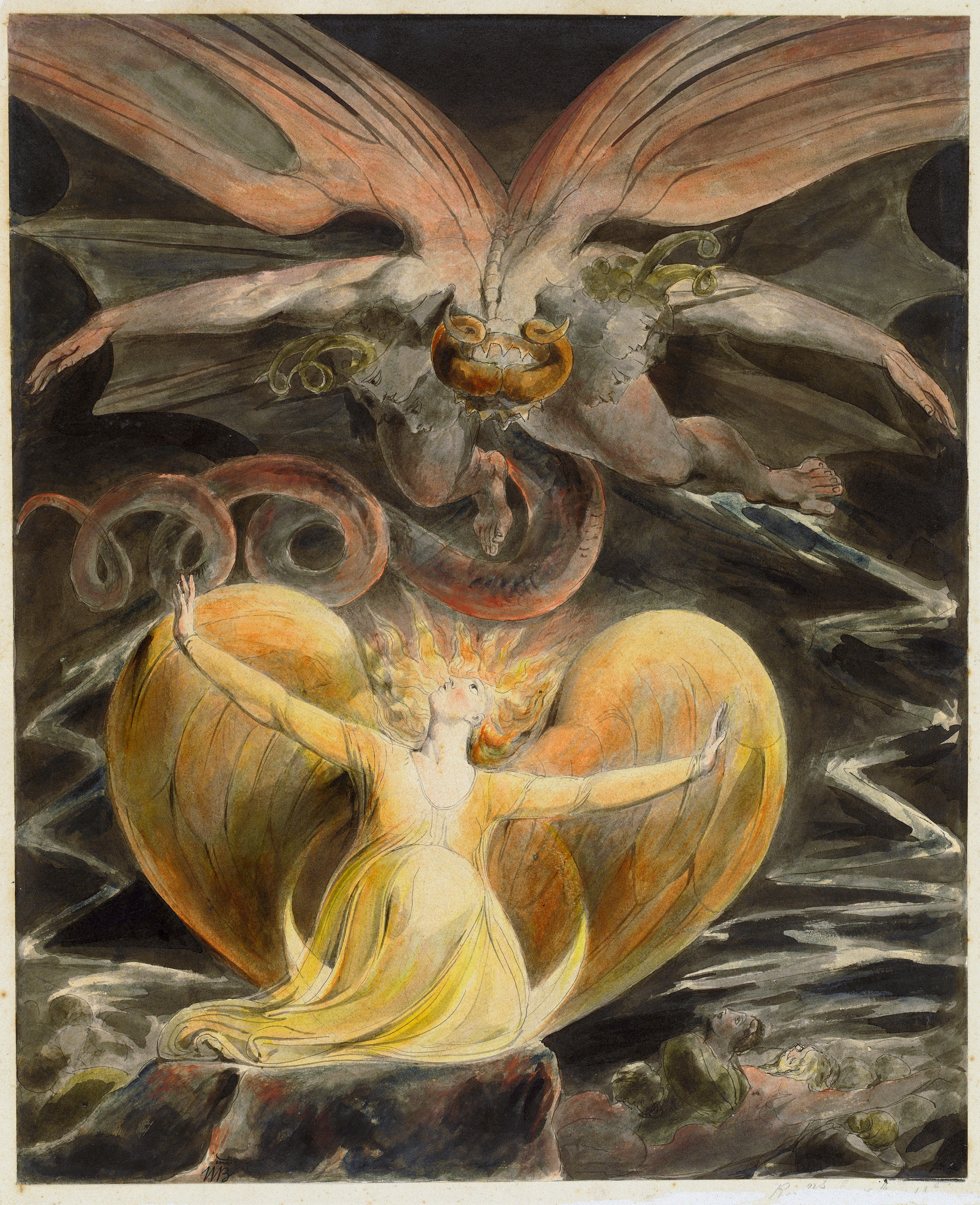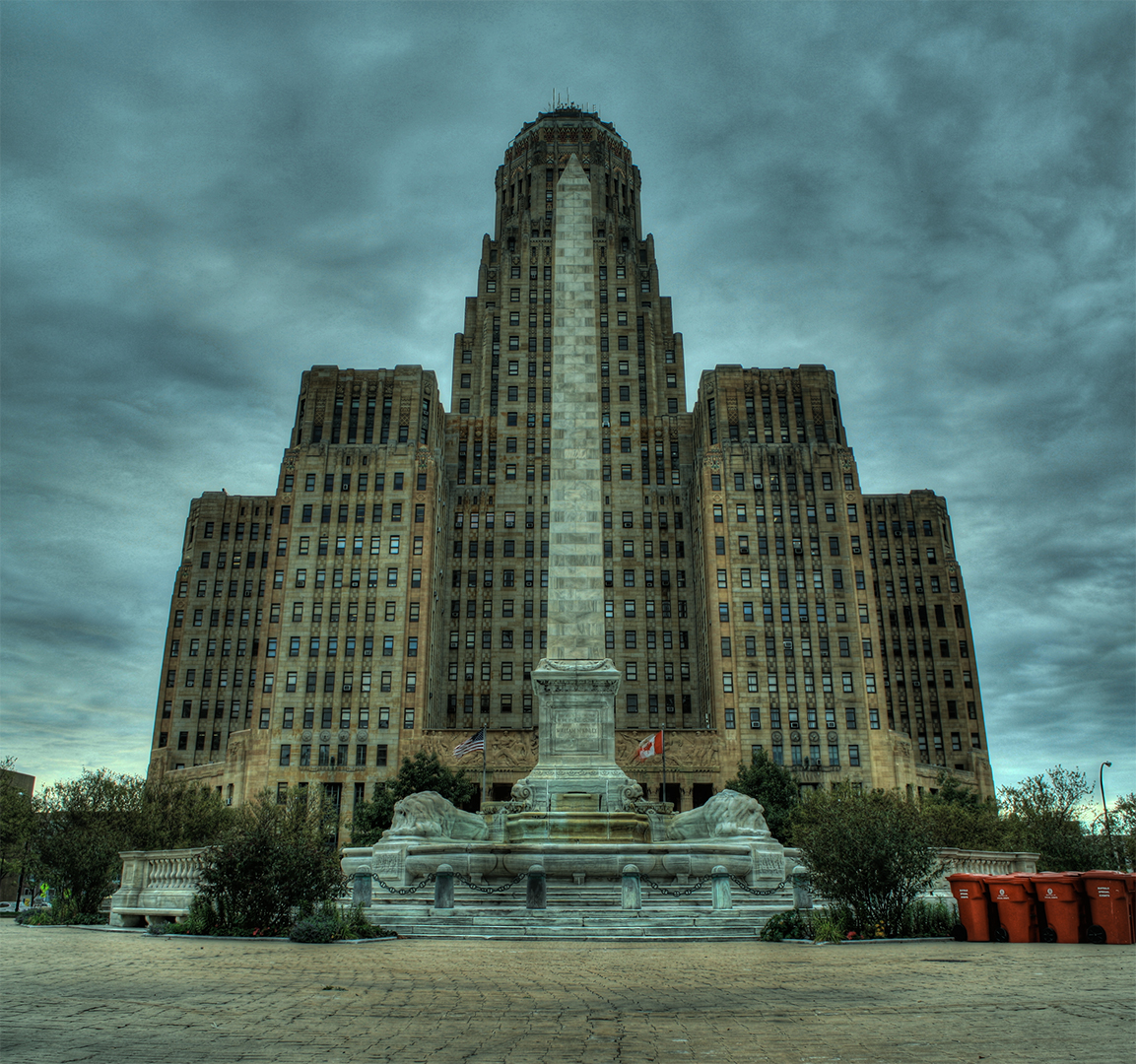 |
| The Lord Is My Shepherd, Eastman Johnson, 1863 |
Yesterday Jane Bartlett sent thisto serve as a tonic for the two days I spent thinking about what she called Dead Baby Art. Another artist, Kristine Greenizen, calls it Damien HirstSteak Spectacular: spectacle that has little about the craft and thought of art in it.
To our modern eyes, The Lord is My Shepherd looks quaint, but it was painted in 1863, shortly after the Emancipation Proclamation was issued. There were roughly 4 million enslaved blacks in America, and by no means was emancipation assured.
 |
| A Ride for Liberty: The Fugitive Slaves, Eastman Johnson, c. 1862 |
“This painting is a statement, a teachable moment, and even harsh in its own way, but an expression that does not arrive before the work of art does,” Jane wrote. The message has not been divorced from the medium itself.
Johnson accords this young black man the dignity of assuming he can read and understand Scripture. Of course, you think, but that was by no means the universal opinion in 1863. The assumption that a black person could and should direct his own spiritual life was a politically- and religiously-charged issue at the time.
 |
| Portrait of an Old Man in an Armchair, Rembrandt van Rijn, 1654 |
The painting appears dark to our modern eyes, but Johnson is deliberately modeling his technique after Rembrandt. Rembrandt did not always enjoy the cult-like status we accord him today. He was rediscovered in the 19th century by French intellectuals who saw in him a champion of realism (most notably, the poet Charles Baudelaire).
Johnson is classified today as a “genre painter” for his depictions of slave life. It would be more accurate to call him social realist in the tradition of the Barbizon painters before him and the Ashcan School who would follow. By using a technique he associated with social realism, he is making the political nature of his work perfectly clear. That we no longer see his paintings as revolutionary is a testimony to his (and other artists’) polemical skills: they have thoroughly converted us to their viewpoint.
Let me know if you’re interested in painting with me in Maine in 2014 or Rochester at any time. Click here for more information on my Maine workshops!

_-_Google_Art_Project.jpg)













